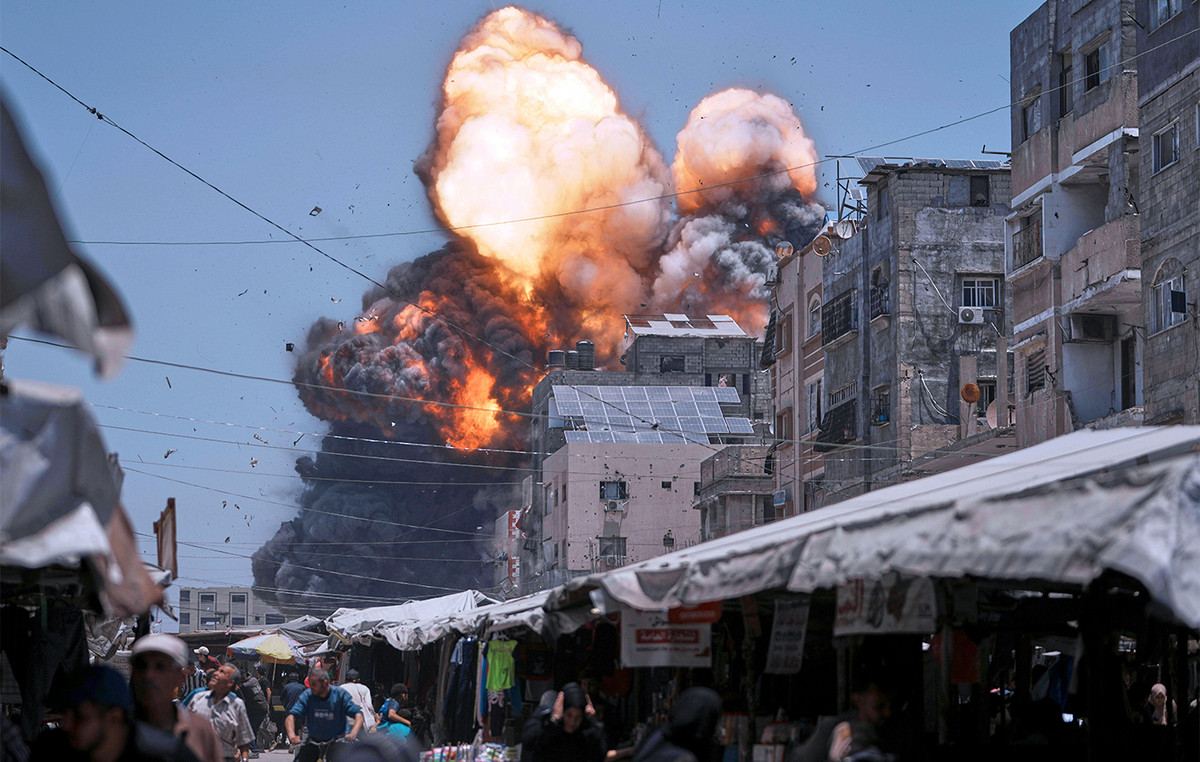The lack of basic hygiene services, such as soap and water or hand sanitizer, affects half of the health units all around the world. The problem affects places where patients receive care and the bathrooms of the facilities. The data are from a new report by the World Health Organization (WHO) and the United Nations Children’s Fund (Unicef), released this Tuesday (30).
According to the document, about 3.85 billion people who use these facilities are at increased risk of infection, including 688 million people who receive care in places with no hygiene services.
“Hygiene facilities and practices in healthcare settings are non-negotiable. Their improvement is essential for the recovery, prevention and preparedness of pandemics. Hygiene in healthcare facilities cannot be guaranteed without increasing investments in basic measures, which include clean water, clean toilets and safely managed healthcare waste,” said Maria Neira, director of the Department of Environment, Climate Change and Health at WHO.
WHO advocates intensified efforts by countries to implement the commitment made at the 2019 World Health Assembly, which includes strengthening water, sanitation and hygiene (WASH) services in health facilities.
The new report establishes for the first time a global overview of hygiene services, assessing access at points of care as well as in restrooms.
At least 40 countries have reported service hotspots in their hospitals and other health centers, representing 35% of the world’s population. The survey extends data from previous studies, which considered 21 countries in 2020 and only 14 in 2019.
alarming scenario
The global estimate reveals a clearer and more alarming picture of the state of hygiene in health facilities.
While 68% of establishments had point-of-care hygiene facilities and 65% had handwashing equipment with soap and water in the restrooms, only 51% had both and therefore met the WHO criteria for basic hygiene services. Furthermore, 1 in 11 healthcare facilities worldwide do not have any.
“If healthcare providers don’t have access to a hygiene service, patients don’t have a healthcare facility,” said Kelly Ann Naylor, director of Hygiene, Climate, Environment, Energy and Disaster Risk Reduction. from Unicef. “Hospitals and clinics without clean water and basic hygiene and sanitation services are a potential death trap for pregnant women, newborns and children. Every year, about 670,000 newborns lose their lives to sepsis. This is absurd – even more so because these deaths are preventable.”
The report points out that contaminated hands and environments play a significant role in the transmission of disease-causing agents in healthcare facilities and in the spread of antimicrobial resistance.
According to the WHO, interventions to increase access to handwashing with soap and water and environmental cleanliness are crucial for the provision of quality care, especially in relation to safe delivery procedures.

Inequality between countries
The document indicates that the distribution of hygiene and sanitation facilities is uneven among different regions and income groups.
Units in Sub-Saharan Africa have sub-optimal rates of hygiene services. While three-quarters (73%) of healthcare facilities in the region generally have alcohol-based hand sanitizers or soap and water at points of care, only one-third (37%) have handwashing facilities with soap and water. in the bathrooms. The majority of hospitals, an index of 87%, have points for hygiene, compared to 68% of other health facilities.
In the least developed countries, only 53% of health facilities have local access to a source of safe water. The global rate is 78%, with hospitals (88%) doing better than smaller healthcare facilities (77%), and the figure for East and Southeast Asia is 90%.
Globally, about 3% of health facilities in urban areas and 11% in rural areas had no water service, according to the survey.
Of the countries with available data, 1 in 10 health facilities did not have a sanitation service. The proportion of health facilities without sanitation ranged from 3% in Latin America and the Caribbean and East and Southeast Asia to 22% in Sub-Saharan Africa. In the least developed countries, only 1 in 5 (21%) had basic sanitation services in health facilities.
The data also reveal that many health units suffer from a lack of basic cleaning of the environments, in addition to the safe separation and disposal of waste.
Source: CNN Brasil







